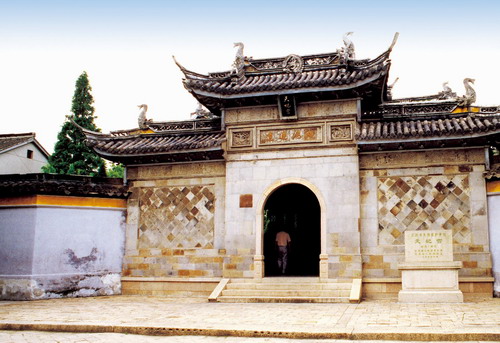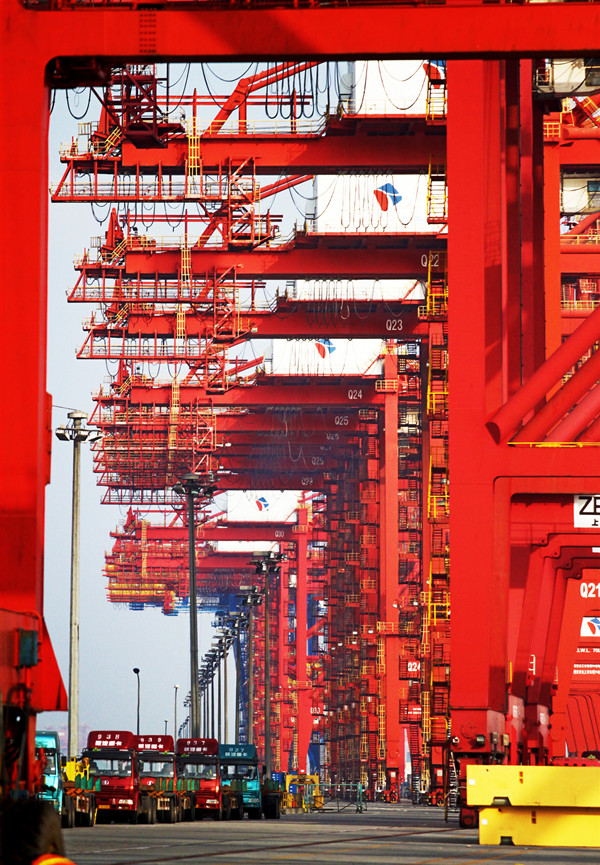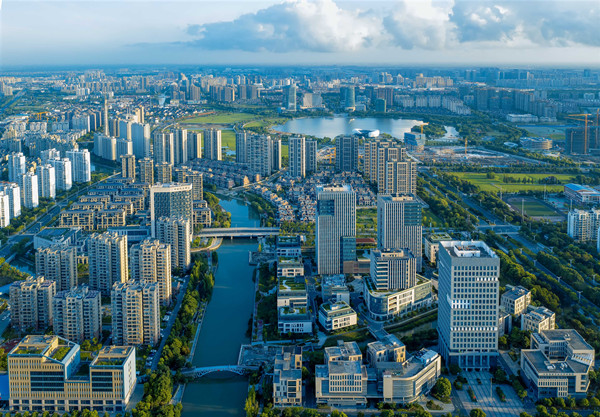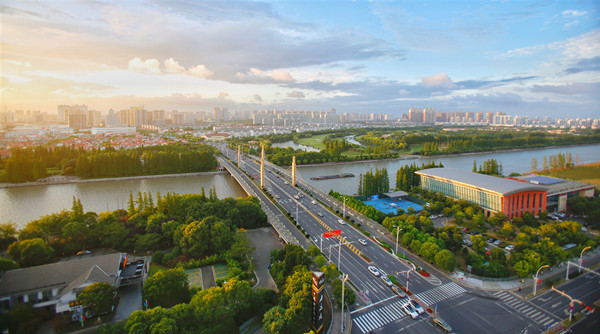Taicang ICH-Matsu worshipping ceremony
Worshipping Matsu, Goddess of the sea, is a custom with a history of over 1,000 years in the Liuhe area. Even before the construction of the Tianfei Palace, worshipping Matsu had been a common practice for fishermen and merchants going to sea. Later, the practice gradually developed into a folk custom with a set of ceremonial rites.
|
| Tianfei Palace,a Matsu Temple in Liuhe, Taicang |
Liuhe was famous as a riverside fishing village during the Jin and Tang dynasties. During the reign of Emperor Jingyou of the Song Dynasty (1034), Fan Zhongyan, the magistrate of the Suzhou prefecture, came to Liuhe to have canals dug to connect several rivers. As a result, the fishing village developed into a prosperous marketplace and later turned into a major trading port as ocean transportation flourished. When doing business, fishermen and merchants sought protection of the God of the sea. They established the Lingji Temple, the first temple for worshipping Matsu in the region. The culture of Matsu worshipping attracted many fishermen groups and merchant fleets to come to Liuhe to do business. This greatly boosted the local economic development. When vessel fleets went to sea via the mouth of the Liuhe River, people on the vessels would always stop and pray for the blessings of Matsu in Liuhe. The tradition was carried on in the Yuan, Ming and Qing dynasties, spreading the Matsu culture all over the country.
One stele set up by Zheng He in Liuhe Tianfei Palace presented a few simple remarks on the part of the history. “We anchored at the foot of the temple. Officers and soldiers prayed piously for blessing.” Zhenghe’s seven voyages to the western world were very successful, as if his fleets were really blessed by the Matsu. The Matsu worshiping custom therefore became even more respected.










